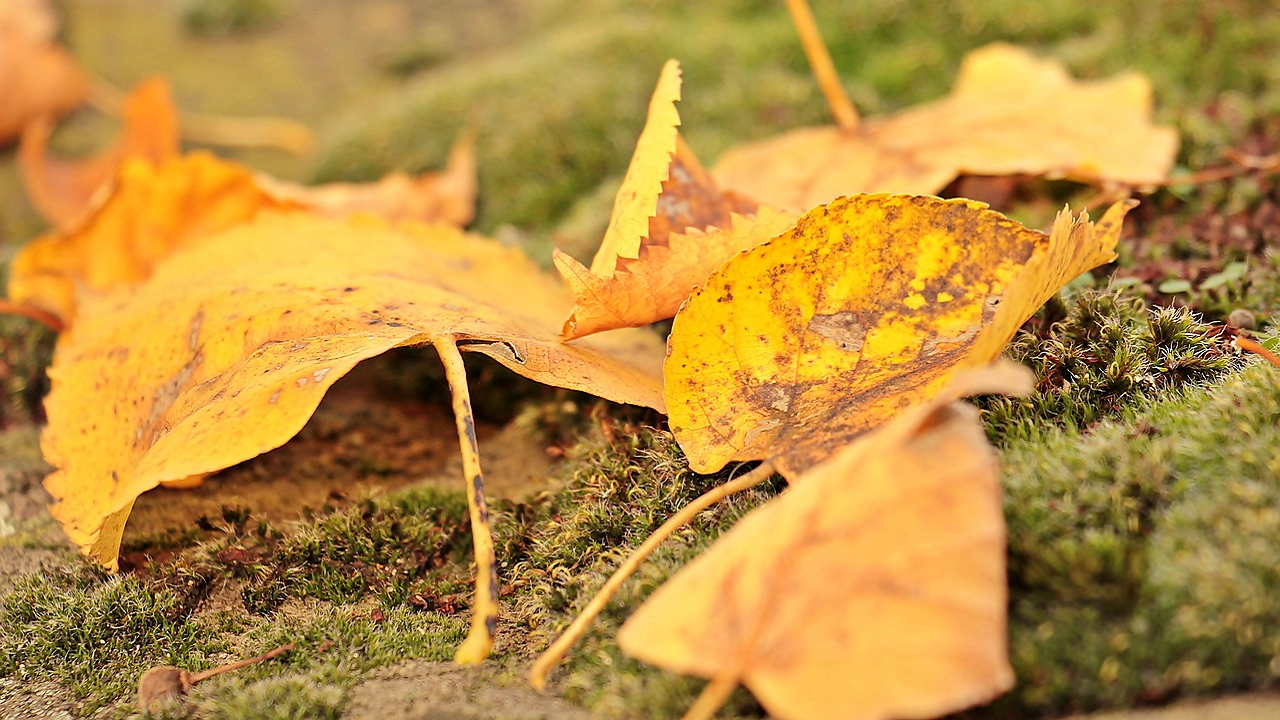
For plant enthusiasts and gardeners, the issue of leaves turning yellow on their beloved plants can be quite perplexing. However, there is no need to worry because here we have discussed some key factors that cause yellowing leaves. Also, you will find the best plant care practices to prevent plant leaves from turning yellow.
Common Reasons Why Plant Leaves Turn Yellow
-
Lack of nutrients: Yellowing leaves can be a result of nutrient deficiencies, such as nitrogen, iron, magnesium, or zinc. These elements are essential for various biochemical processes in plants, and their scarcity can lead to chlorosis, causing the leaves to turn yellow.
-
Overwatering or underwatering: Improper watering practices can stress the plant and disrupt its ability to take up water and nutrients effectively. Overwatering can lead to root rot and reduced oxygen availability in the soil while underwatering can cause drought stress, both of which can result in yellowing leaves.
-
Poor soil drainage: If the soil in which the plant is growing has inadequate drainage, it can lead to waterlogged conditions. This restricts oxygen availability to the roots and may cause yellowing leaves due to root suffocation.
-
Pests and diseases: Insects, mites, and certain diseases can damage plant tissues and interfere with their nutrient uptake, leading to yellowing and discolouration of leaves.
-
Environmental stress: Extreme temperatures, excessive sunlight, or exposure to pollutants can stress the plant and cause the yellowing of leaves as a response to adverse conditions.
-
pH imbalance: Some plants are sensitive to soil pH levels. When the pH is too high or too low, it can affect nutrient availability, leading to yellow leaves.
-
Aging: In some cases, yellowing leaves could be a natural part of the plant's life cycle as older leaves naturally decline and are shed.
-
Transplant shock: When plants are moved from one location to another or replanted, they may experience transplant shock, causing temporary yellowing of leaves until they adjust to the new environment.
-
Chemical toxicity: Overuse or misuse of fertilizers or pesticides can lead to chemical toxicity in plants, resulting in yellow leaves and other adverse effects.
It's essential to identify the specific cause of yellowing leaves to address the issue properly. Proper plant care, including adequate watering, balanced nutrition, pest control, and a suitable environment, can help prevent and treat yellowing leaves, ensuring healthy and vibrant plants in your garden.
How To Prevent Plant Leaves From Turning Yellow?
To protect plant leaves from turning yellow, it's essential to address the underlying causes and implement proper plant care practices. Here are some tips to help prevent yellowing leaves:
-
Proper watering: Ensure that you water your plants appropriately, neither overwatering nor underwatering them. Water the plants when the top inch of the soil feels dry to the touch. Use a well-draining potting mix for potted plants to prevent waterlogged conditions.
-
Nutrient-rich soil: Use balanced and nutrient-rich soil or add organic compost to the soil to provide essential nutrients for the plants. Regularly fertilize the plants with a suitable fertilizer to prevent nutrient deficiencies.
-
Soil pH: Test the soil pH and adjust it if necessary to ensure it is suitable for the specific plant's needs.
-
Inspect for pests and diseases: Regularly inspect your plants for any signs of pests or diseases and take appropriate measures to control them if detected.
-
Proper sunlight: Ensure that your plants receive the appropriate amount of sunlight according to their specific requirements. Some plants may need full sun, while others prefer partial or shade.
-
Protect from extreme weather conditions: Shield your plants from extreme temperatures, strong winds, and excessive sunlight, as these environmental stressors can lead to yellowing leaves.
-
Avoid chemical toxicity: Use fertilizers, pesticides, and other chemicals according to the manufacturer's instructions. Avoid overusing chemicals to prevent chemical toxicity in plants.
-
Transplanting care: When transplanting or repotting plants, handle them carefully to minimize transplant shock. Provide some shade and avoid excessive watering immediately after transplanting.
-
Pruning: Regularly prune your plants to remove diseased, damaged, or yellowing leaves. This encourages healthier growth and helps prevent the spread of diseases.
-
Monitor humidity levels: Some plants are sensitive to low humidity levels, especially indoor plants. Use a humidity tray or a room humidifier to maintain suitable humidity levels for your plants.
By following these preventive measures and promptly addressing any issues that arise, you can protect your plant leaves from turning yellow and promote healthy, vibrant foliage in your garden.
















